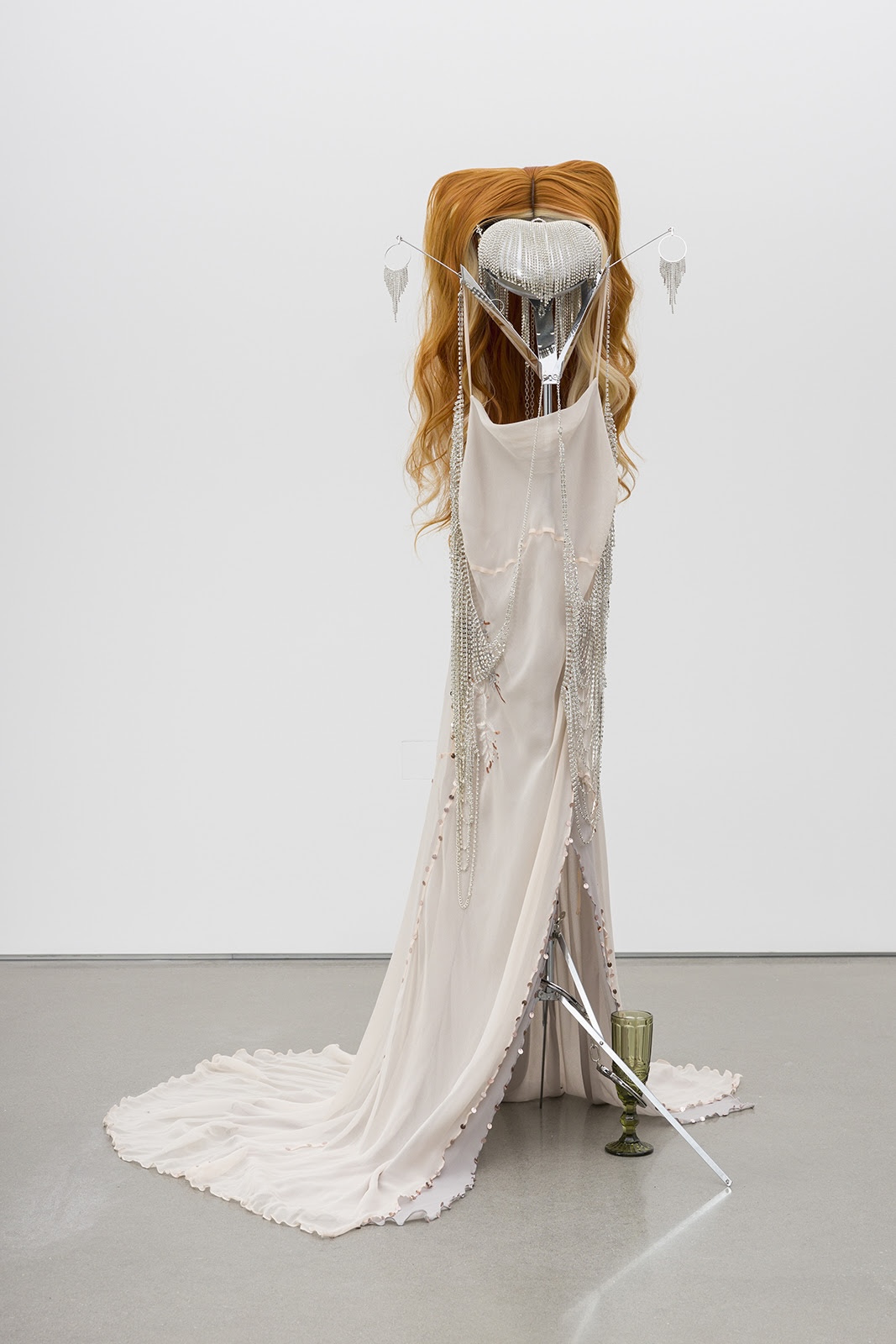In this article, we delve into the intriguing world of social status and the role that material possessions play in its construction. From ancient times to the present day, the things we own have served as outward expressions of our standing in society, often reflecting our tastes, aspirations, and cultural values. Throughout history, individuals have sought to elevate their status and project a certain image through the acquisition of valuable and exclusive items.
Looking back, we find examples of this phenomenon in various civilizations. In ancient Egypt, for instance, the wealthy elite adorned themselves with opulent jewelry and ornate garments to distinguish themselves from the lower classes. Similarly, during the Renaissance period in Europe, elaborate clothing, lavish household furnishings, and intricate artwork became symbols of social status, reflecting the economic prosperity and refined taste of the aristocracy.
Fast forward to the present day, and we find ourselves in a consumer-driven society where status and identity are often intertwined with what we consume. The proliferation of luxury brands, designer labels, and high-end products has created a market that caters to those who wish to display their wealth and social standing. These items, whether it be a luxurious car, a limited edition handbag, or a prestigious piece of art, have become badges of honor that confer a certain sense of prestige upon their owner.
However, the relationship between material possessions and social status is not without its complexities. The notion of taste, for example, is subjective and ever-changing, making it difficult to pinpoint a universally accepted marker of high status. Moreover, the quest for status through material consumption often leads to a sense of dissatisfaction and unfulfillment, as one is constantly chasing the next coveted item in an endless cycle.
Through the lens of art and sculpture, this article examines how the objects we possess can reveal the underlying artifice of taste and the aspirations associated with it. We will explore how artists throughout history have exposed the intricacies of social status, challenging the notion that the possession of material wealth equates to genuine fulfillment. By delving into the fascinating interplay between objects, aesthetics, and social identity, we aim to shed light on the powerful forces that shape our society and influence our perceptions of success and happiness.

